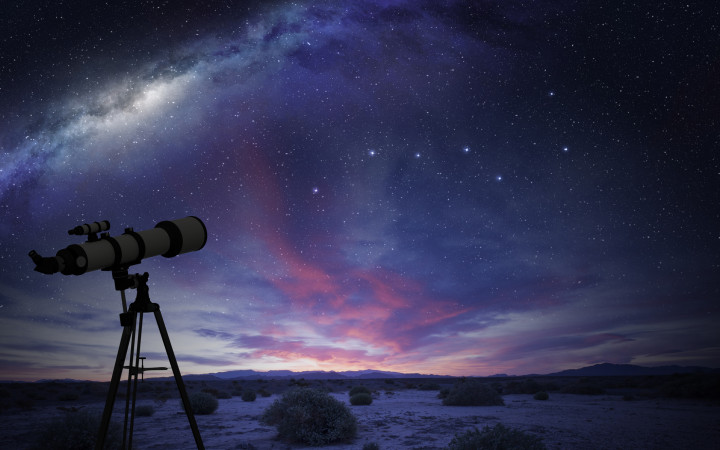Today’s Wonder of the Day was inspired by Jen. Jen Wonders, “Why is Matariki so special? (Seven sisters stars)” Thanks for WONDERing with us, Jen!
Do you spend much time watching the night sky? If so, you’ve probably learned to identify a heavenly object or two. Can you find the Big Dipper? How about the North Star or the planets? Have you learned to spot the Matariki Stars?
A telescope can help people see deep into the heavens. But it’s not always needed! The Matariki Star cluster is bright enough to be seen with the naked eye. They’re often called “teenage” stars. That’s because they’re very young compared to most stars.
The Matariki Stars are blue. That means they’re some of the hottest in the universe. They’re hotter and much larger than the Sun. Because they’re so easy to see, humans have watched these stars for thousands of years.
Many cultures have given this group of stars a name. Its Greek name is the Pleiades. People in Japan call it Subaru. In China, it’s Mao. It’s been called Makali‘i, or “eyes of royalty,” in Hawaii for many years. However, many people today know the cluster as the Matariki Stars. This name comes from Maori culture.
The Maori are the native people of Aotearoa, which many today call New Zealand. For many years, Maori people have watched the Matariki Stars. They can see the stars all year long, except for a short period in late spring. During that time, the Matariki Stars are hidden behind the Sun.
In late May or early June, the Matariki Stars show up in the sky again. This signals the start of the new year for many Maori iwi (tribes). Some iwi hold a new year festival right after the star clusters rise. Others wait until the next month. Iwi also have different stories and legends they tell about this star cluster.
Many Maori iwi call the stars “Matariki and the six sisters.” They say Matariki is a whaea (mother). The other stars are her six daughters. Together, they move across the sky each year to visit their tupuna wahine (grandmother). Their grandmother’s name is Papatūānuku (Mother Earth).
In some Maori legends, the six sisters help Mother Earth get ready for the year to come. Tupu-ā-nuku spends the visit helping plants grow. Tupu-ā-rangi sings to Mother Earth to bring her joy. Waipunarangi goes to the sea to make sure people will have enough fish and water. The twins, Waitī and Waitā, teach small creatures like bees to work as a team. Ururangi brings positivity to help Mother Earth get in the right mood for the new year. Finally, Matariki watches over and helps the six sisters.
Other Maori iwi connect the Matariki Stars to their story of creation. They believe the stars are the seven eyes of their god of the wind. Many also use them to predict the weather and size of the harvest. Maori sailors have also long used the Matariki Stars for .
Have you ever seen the Matariki Stars? How about other objects in the night sky? Maybe you’ve caught a glimpse of a shooting star or comet! With a limitless number of objects in the sky, there’s always something new to see.
Standards: C3.D2.His.4, CCRA.L.3, CCRA.L.6, CCRA.R.1, CCRA.R.2, CCRA.R.4, CCRA.R.9, CCRA.R.10, CCRA.SL.1, CCRA.SL.2, CCRA.W.3, CCRA.L.1, CCRA.L.2




